Mike Fernandes
Website: https://mikefernandes.com/
Mike Fernandes Ideas, Images, and Impact --------------------------- Creating With Purpose, Seeing With Soul Creativity isn’t just what I do—it’s how I see the world. From the moment I could hold a pencil or frame a photograph, I knew I was wired to build, craft, and reimagine. Every idea I pursue, every lens I peer through, is part of a lifelong quest to uncover the deeper meaning behind what moves people, inspires action, and leaves a mark. This isn’t a portfolio—it’s a portrait of how I work, why I care, and the creative heartbeat that’s guided me since childhood. The Spark That Never Burned Out ------------------------------- From Childhood Wonder to Creative Powerhouse My story begins with a pencil in one hand and a camera in the other. As a kid, I wasn’t just playing—I was inventing. While other kids built forts, I built worlds in my mind. I saw shapes where others saw shadows, heard stories in silence, and felt the rhythm of life in every frame I captured. That sense of wonder never left me. Over the years, I’ve evolved into a creative professional who lives at the crossroads of design, invention, and strategic storytelling. I don’t just imagine ideas—I manifest them. From building global brand ecosystems to sketching out product innovations on café napkins, I fuse creative intuition with methodical thinking to bring clarity where there was none, and momentum where there was pause. Vision in Action ----------------- Why I Do What I Do What drives me is simple - transformation. Whether I’m developing a sustainable product that solves a real-world problem or crafting a campaign that moves people emotionally and drives action, I want every idea to earn its place in the world. Across industries - from fashion and finance to renewable energy and pro sports—I’ve helped brands find their pulse and project it outward with power. I approach every challenge with a multidisciplinary lens, drawing on a broad toolkit that includes product design, brand strategy, visual storytelling, invention, and tactical execution. I live for the build—from concept to creation, from storyboards to shipping boxes. A Life Behind the Lens ------------------------------ My Journey Through Photography Photography was my first language. As a boy, I was transfixed by the way light fell across my grandmother’s tiled veranda or how a single brick wall told a century’s worth of stories. My first camera—Box Brownie. What began as a hobby became a lifelong creative instrument and a profession. I chased texture, light, history—moments that whispered rather than shouted. I taught myself how to shoot intuitively, to find meaning in empty alleyways, vintage signage, or the curve of an old archway. I didn't want perfect shots; I wanted real ones. Over time, photographing cities became my way of archiving change. Buildings vanish. Streets lose their names. Architectural gems get bulldozed into blueprints. But through my lens, I preserve what matters—the spirit of place, the soul of design, the stories baked into aging stone and rusted steel. Urban photography lets me hold onto time. Every photo is a timestamp and tribute rolled into one. It's a quiet rebellion against forgetting. Creative Craftsmanship ---------------------------- Creative Direction & Design Thinking I shape brands with intent, blending emotional storytelling with user-centric systems that drive action and leave lasting impressions. Photography & Visual Narrative My images carry weight. Whether it’s the quiet poetry of an old façade or the kinetic rush of a campaign shoot, I aim to stir memory and meaning. Copywriting with Precision I write to ignite. From sharp taglines to deep brand storytelling, every word is chosen to connect and convert. Conceptual Illustration & Visual Exploration Pen in hand, I bring clarity to complexity. I sketch systems, ideas, and stories that become the blueprint for impact. Invention & Eco-Conscious Innovation I create with conscience—from wearable performance tools to green-living solutions that make a difference. Product Design & Prototyping Form always follows function. I design products that don’t just look good—they work beautifully and solve real problems. Brand Positioning & Market Strategy I uncover truths. Through deep dives and strategic reframing, I help brands own their narrative and stand out with authenticity. Campaign Execution & Momentum Building With structure and spontaneity, I lead teams through complex campaign rollouts—on time, on point, and on brand. Research & Development I chase what’s next. I test, iterate, and validate ideas to bridge imaginative thinking with real-world application. Marketing Systems & Ecosystem Architecture I build platforms that scale—integrated systems that connect touchpoints and nurture meaningful engagement. Conclusion ------------------------ A Future Built on Imagination Everything I create is rooted in one belief: ideas can change the world—but only if we bring them to life with integrity and intention. My journey is far from over. Whether I’m snapping an old warehouse in the rain or blueprinting the next innovation in eco-tech, I’m still that wide-eyed kid at heart—curious, relentless, and deeply in love with the creative process. This isn’t just my career. It’s my calling. #CreativeVisionary #DesignThinkingInAction #InventWithPurpose #VisualStorytelling #ArchitecturePhotography #UrbanLens #HistoricalNarratives #CreativeEcosystems #InnovateIntentionally #CitiesInFocus #PhotographyWithSoul #MarketingStrategist #ProductDesignerLife #TactileCreativity #BrandWithDepth #CreativeProcess #EcoDesignInnovation #DocumentingChange #LegacyThroughLens #PhotoAsPreservation #CreativityUnfiltered #ArtInTheDetails #FromSketchToScale #UrbanExplorationArt #HumanCenteredDesign #MasteringMomentum #BuiltForImpact #AuthenticStorytelling #TimeCapsulePhotography #EveryPixelMatters https://mikefernandes.com/


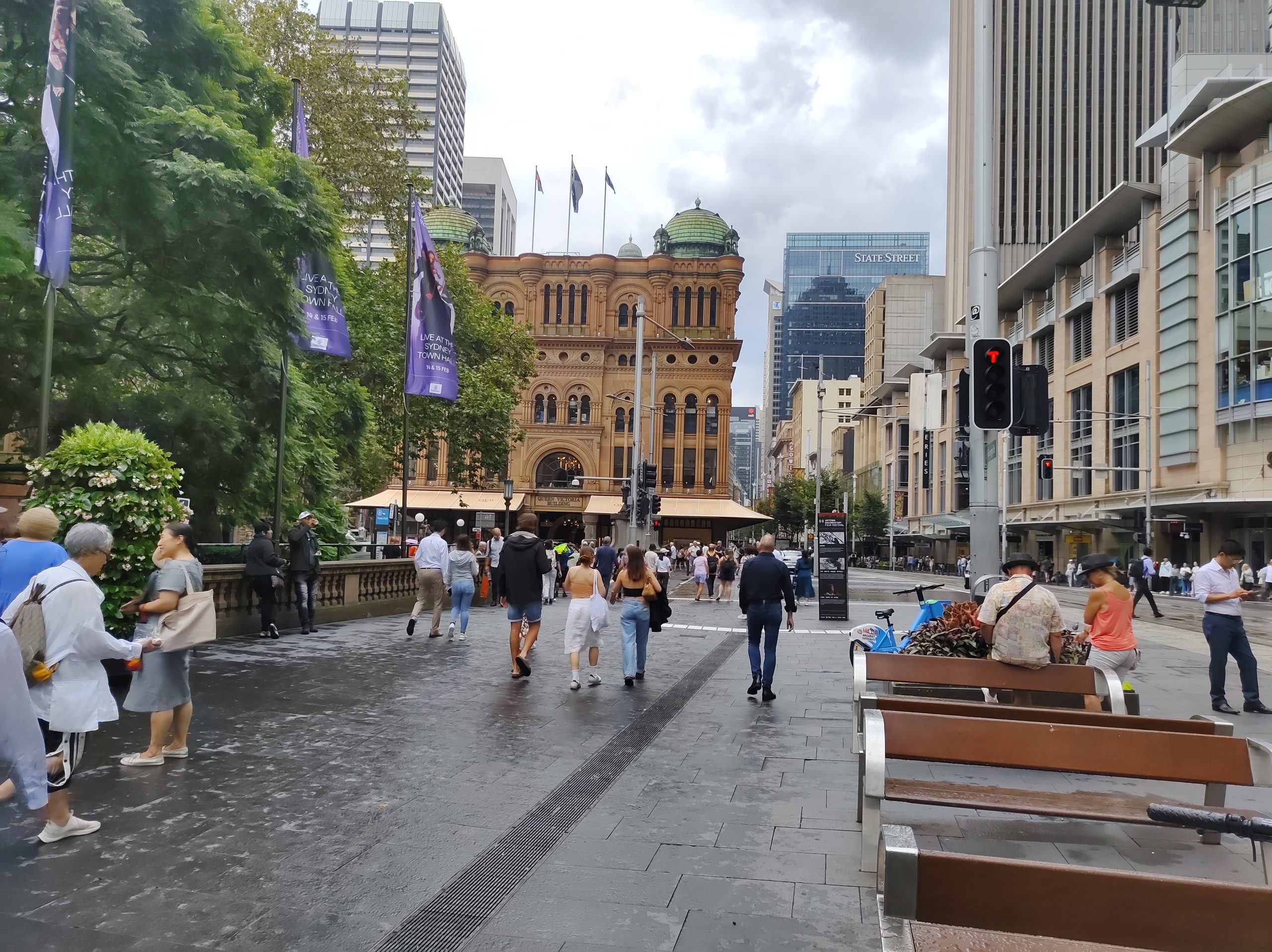
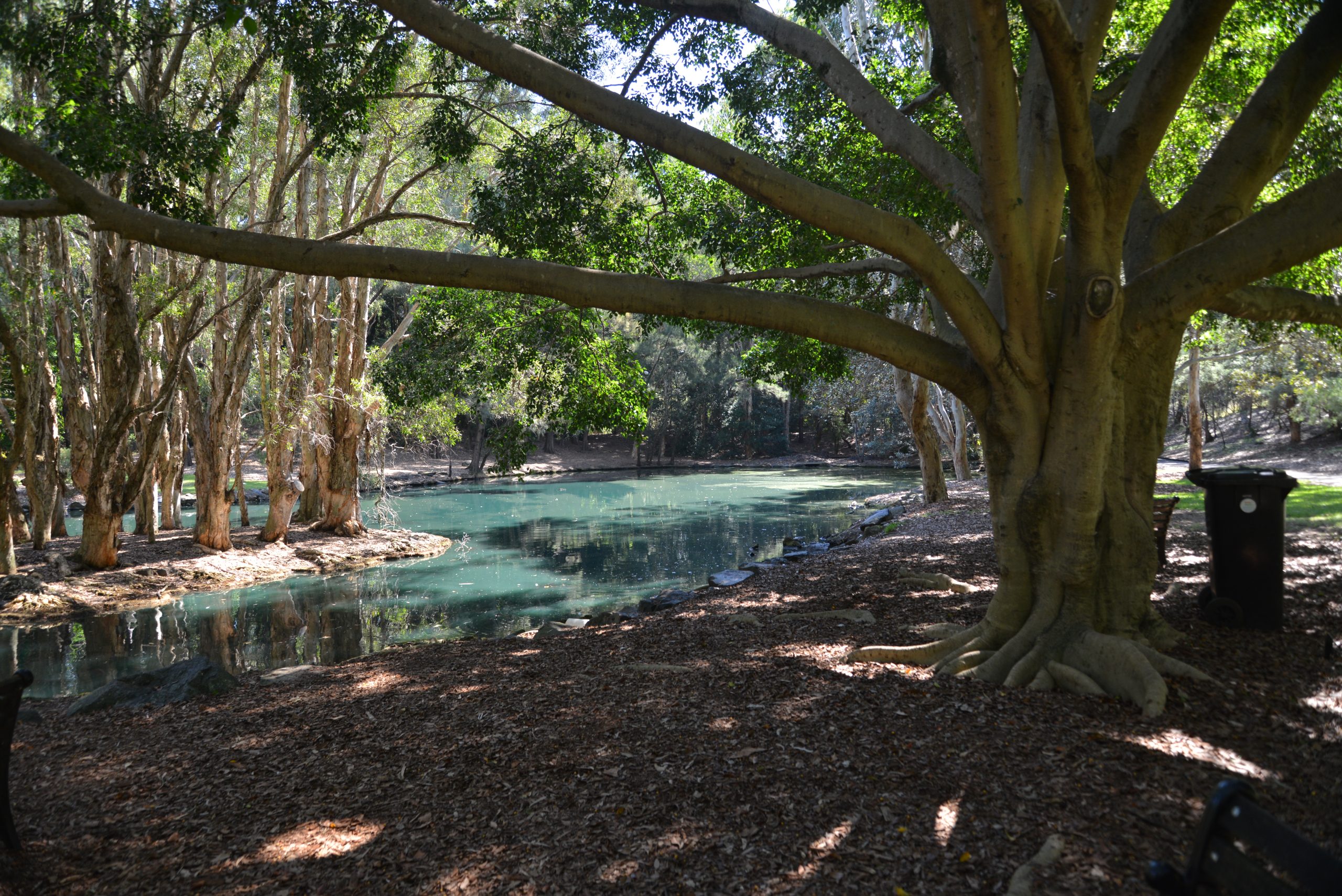

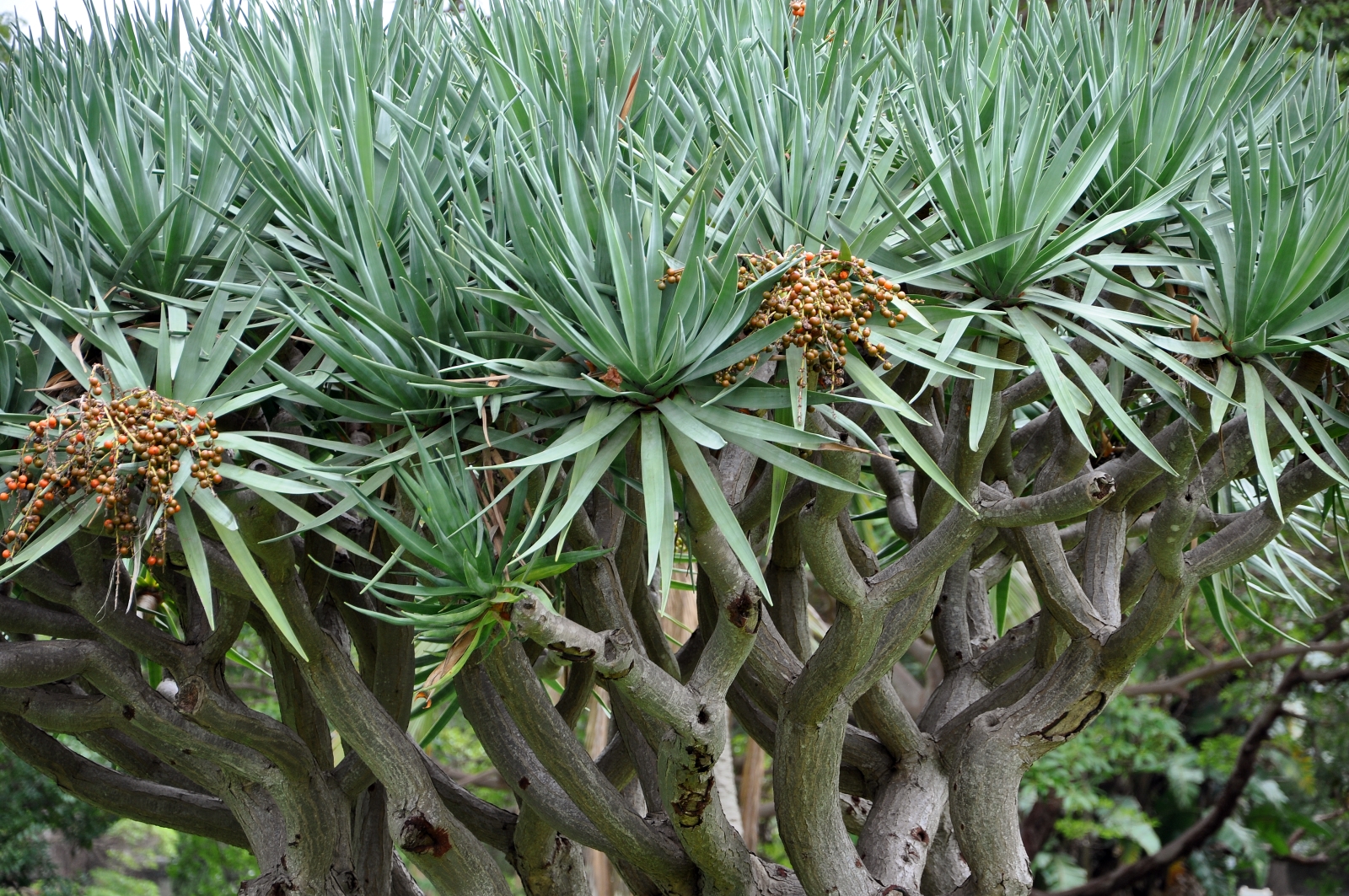
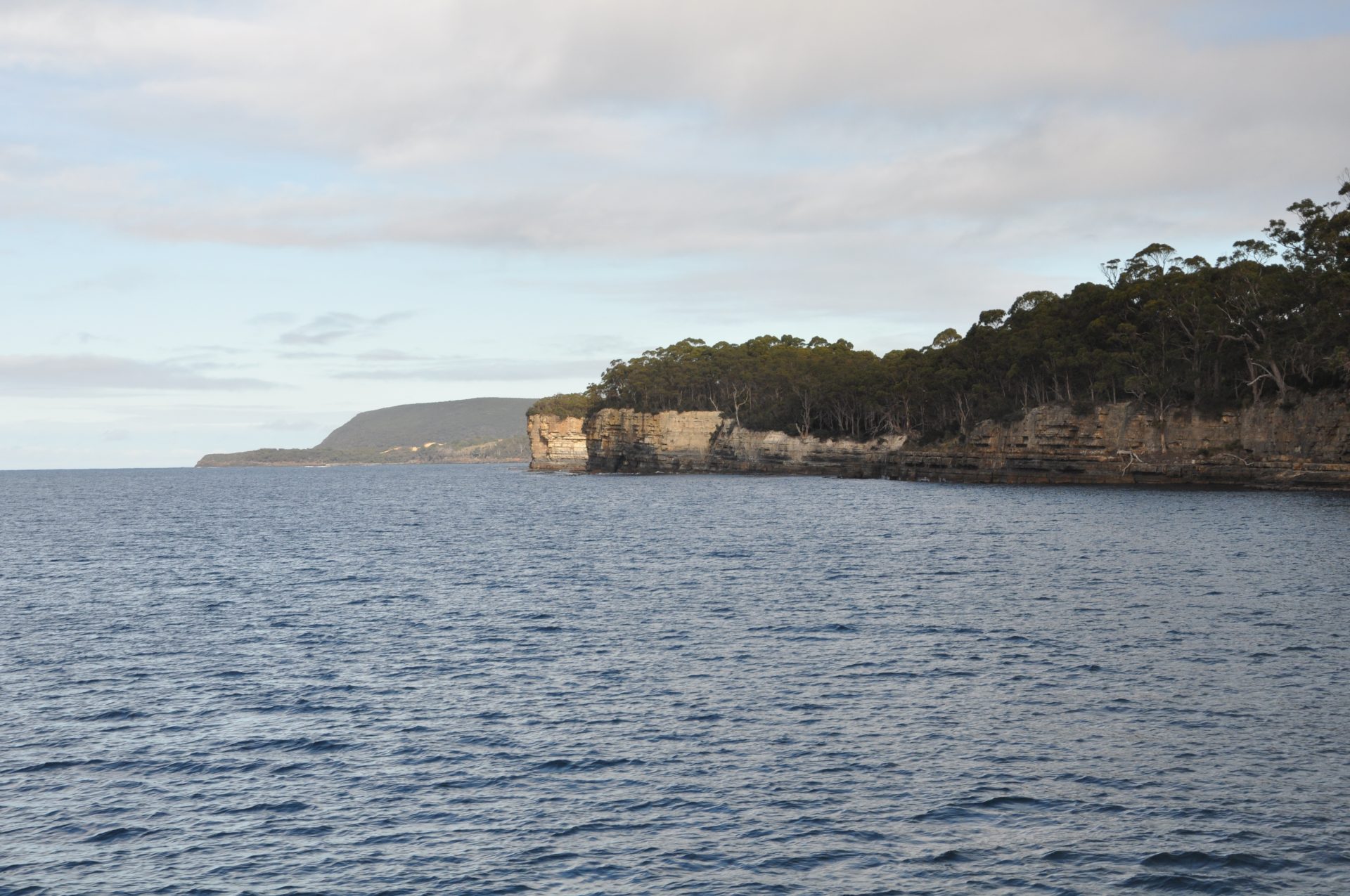
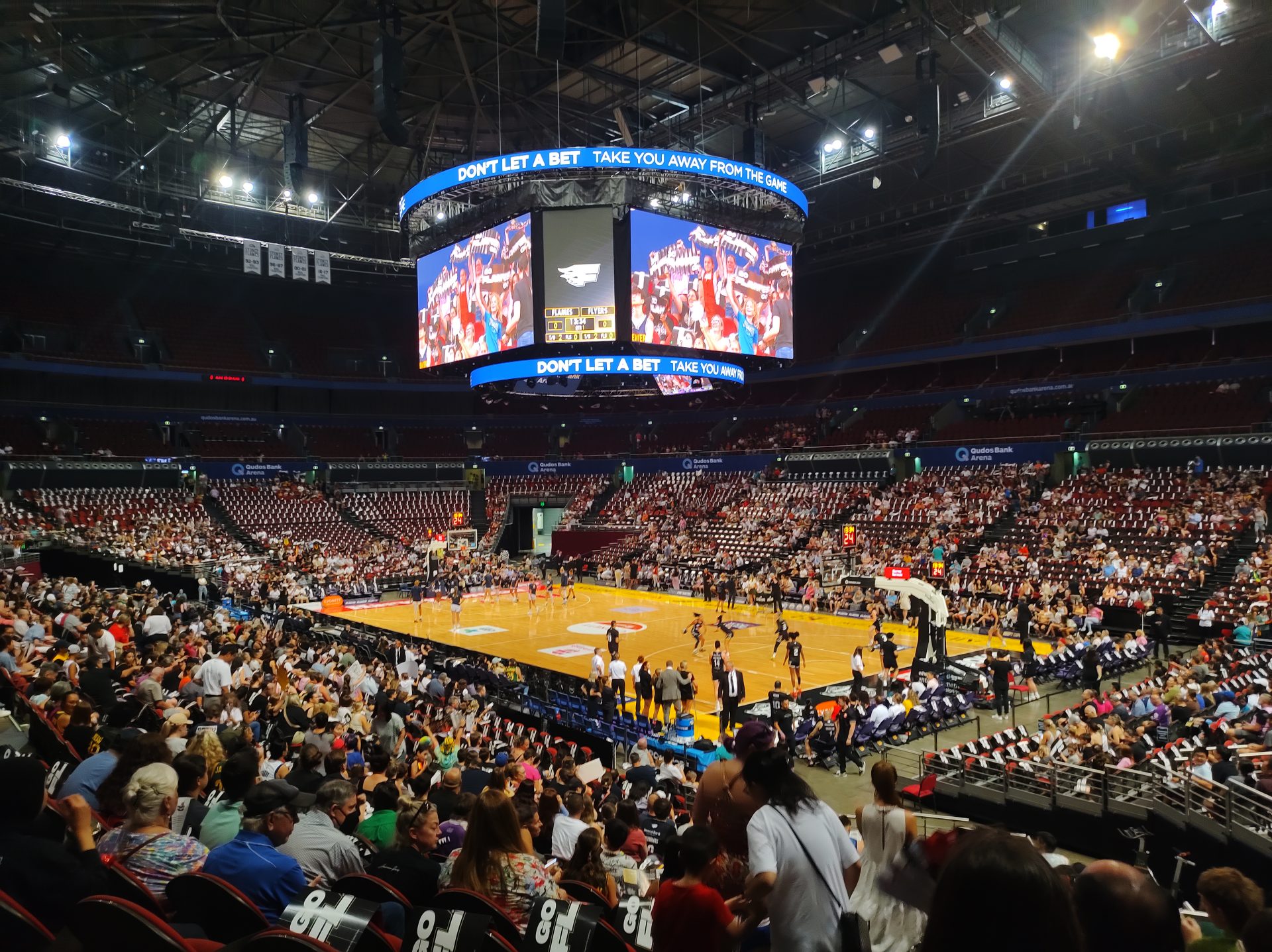
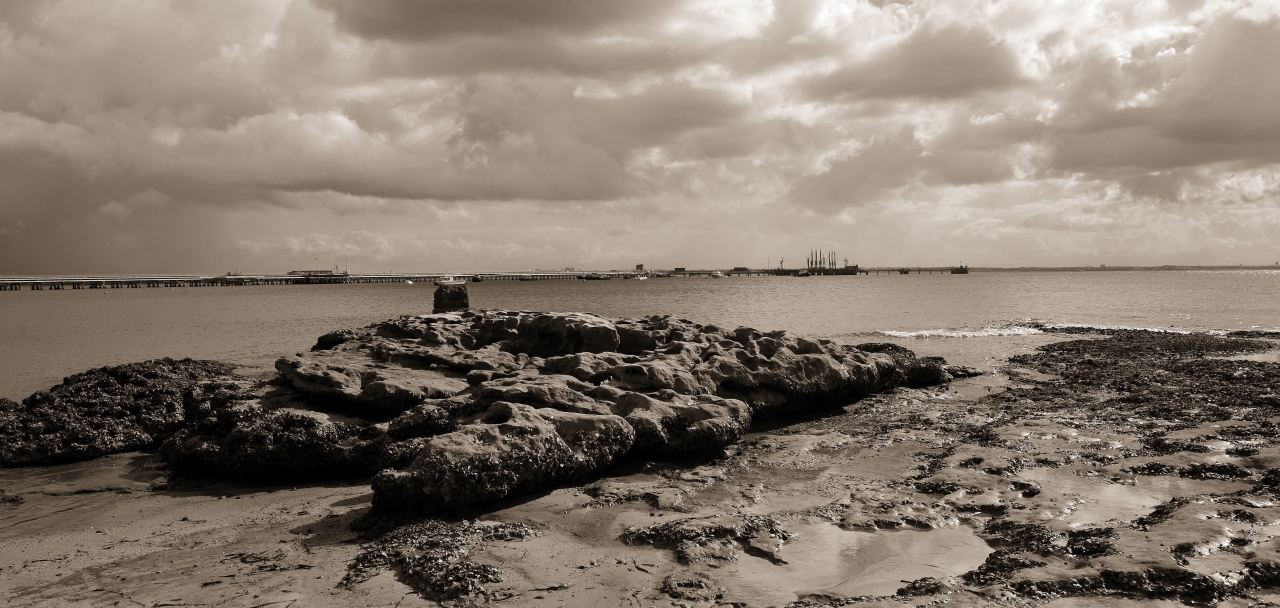

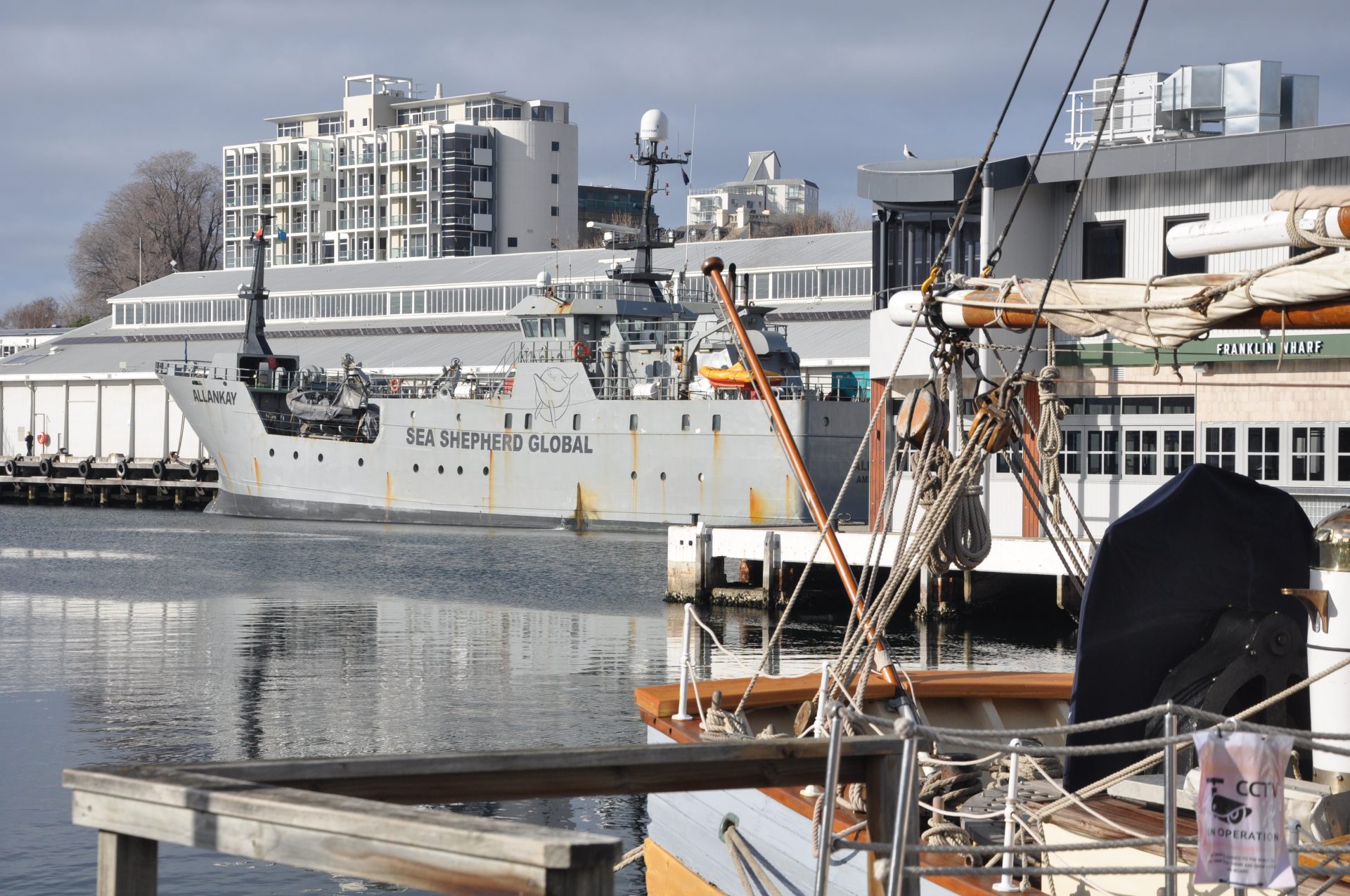
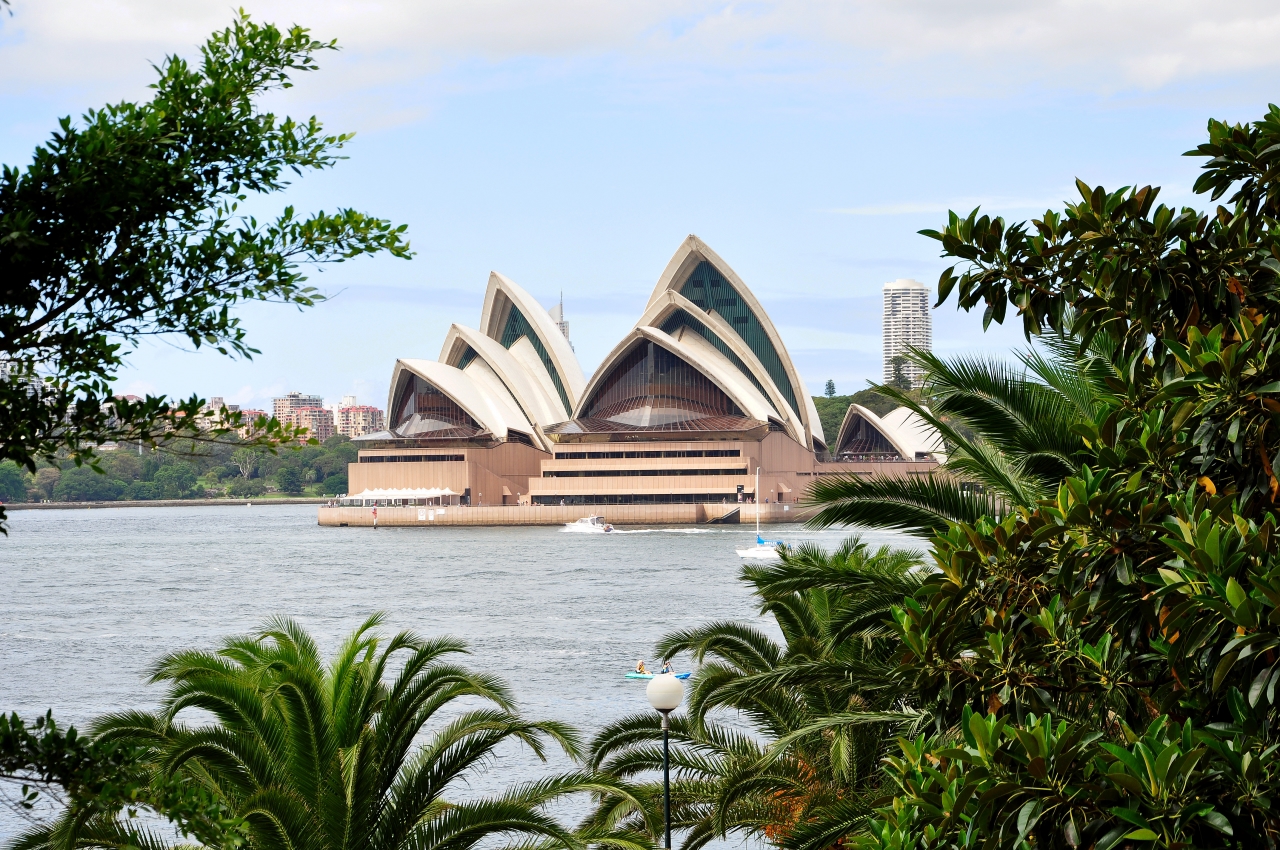
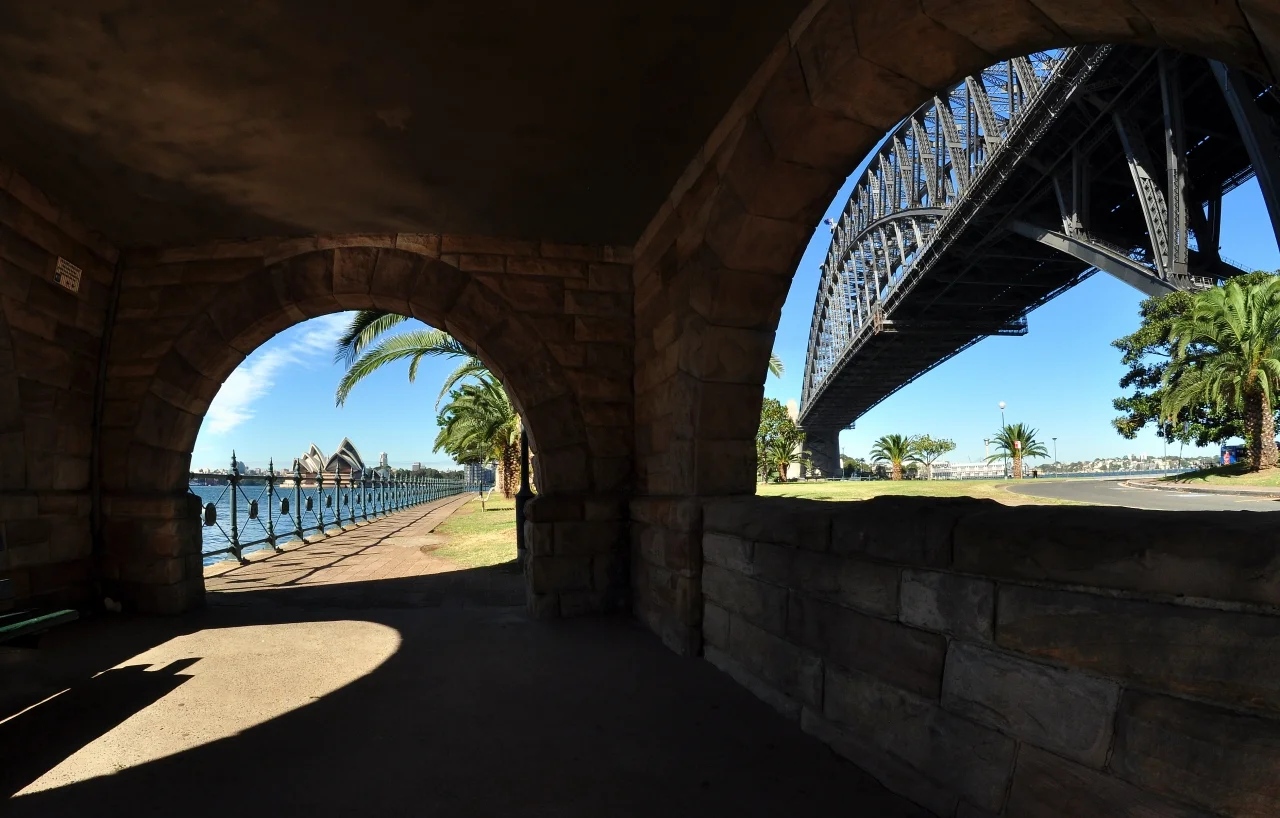
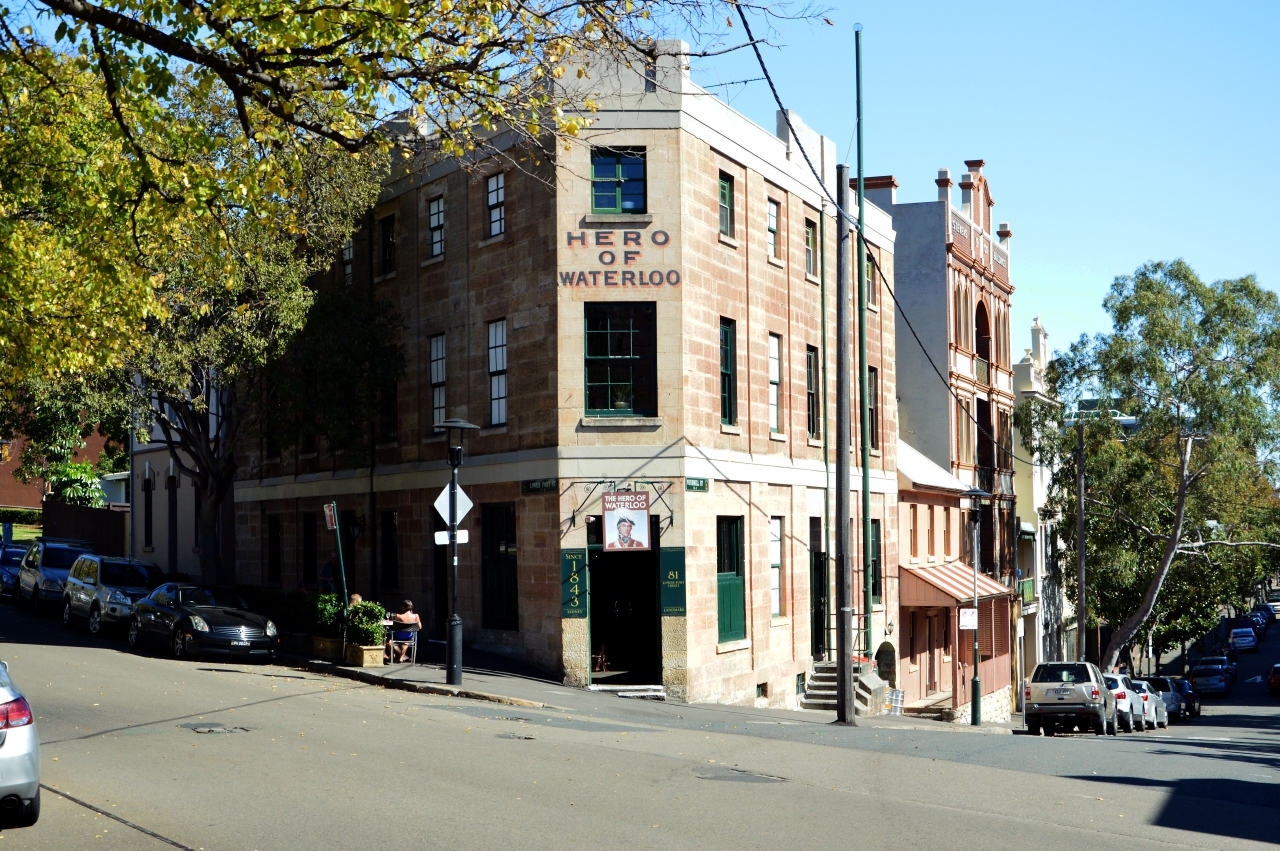

Leave a Reply